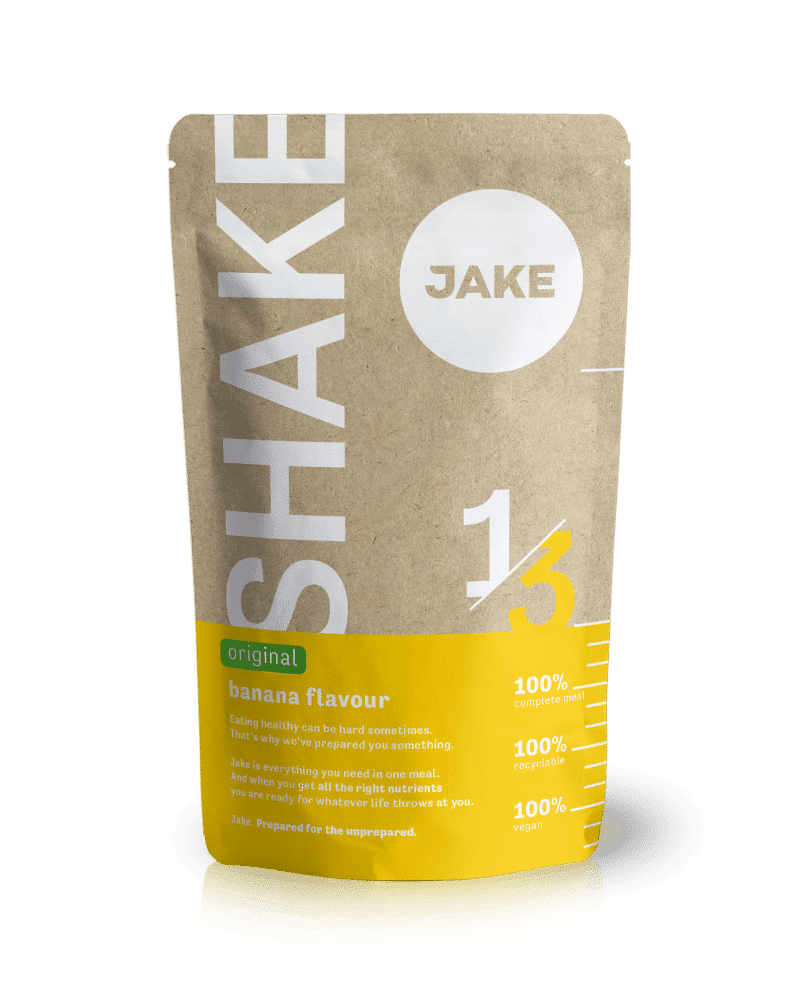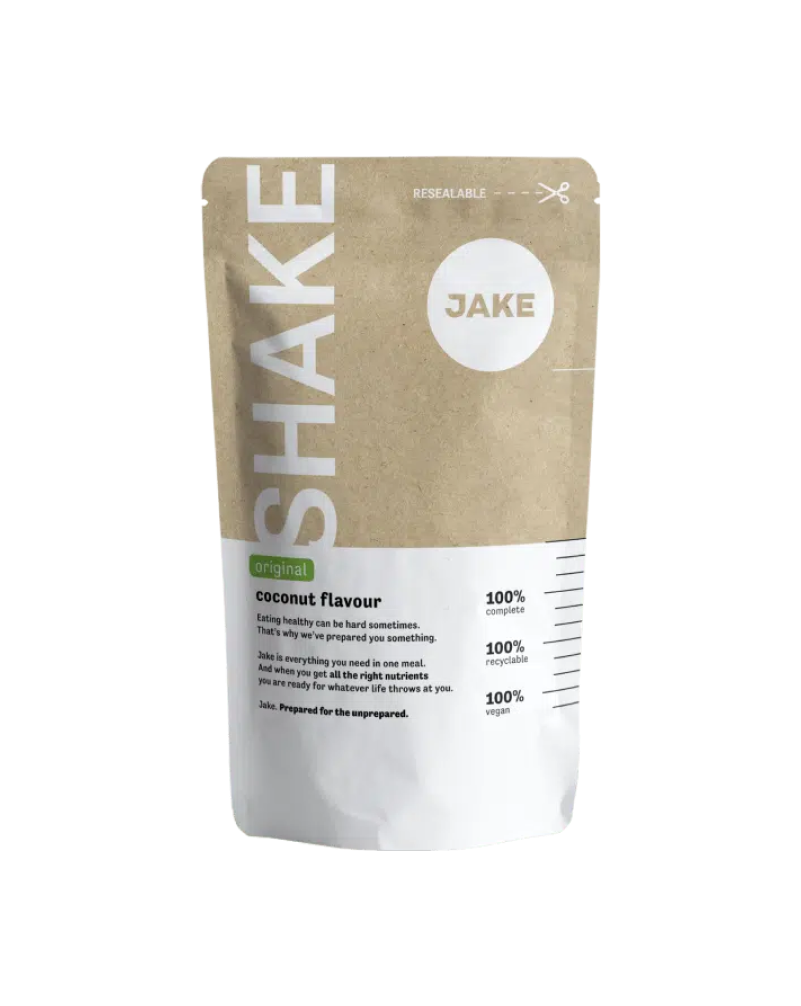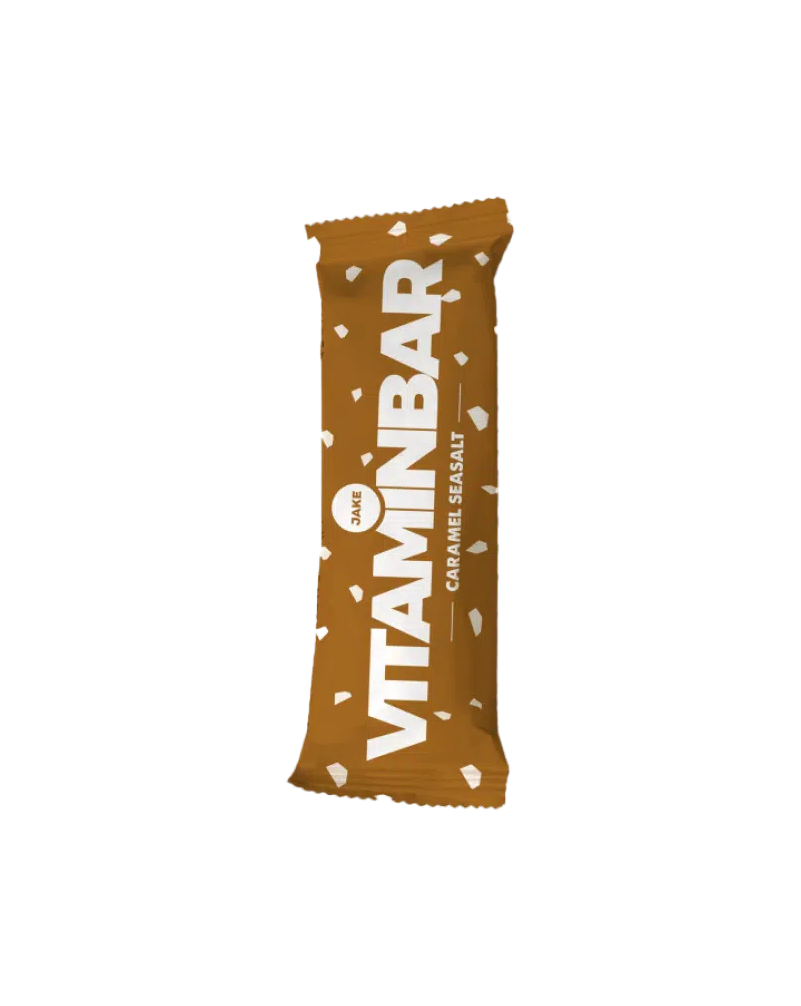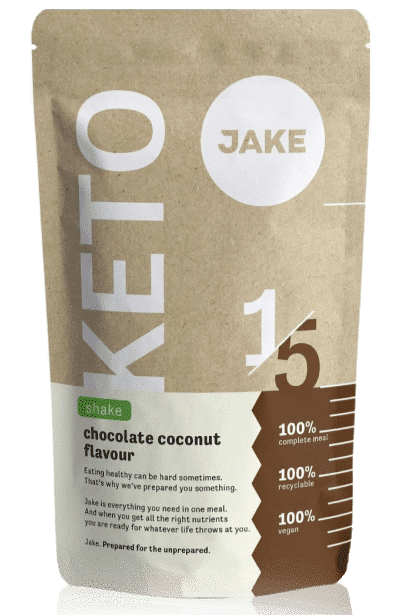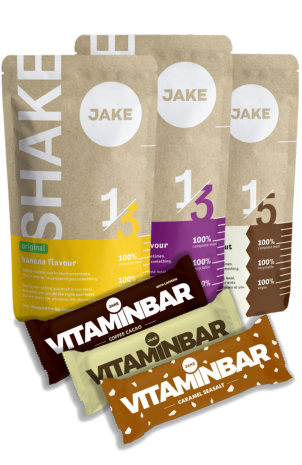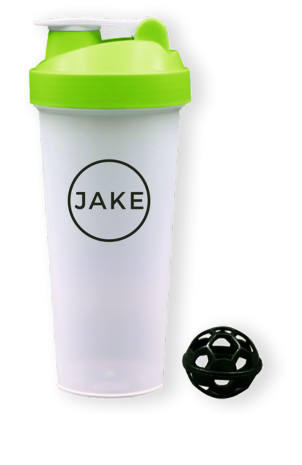6-minute read•July 9th, 2018
Popeye the Sailor got his strength from eating spinach. He also helped raise spinach sales in the US by 33% in the 1930s. And it all seemed to be because of the huge amount of iron in spinach. However, it turns out that spinach may not be a really good source of iron after all, because our bodies cannot absorb it well. Now, just because we can’t enjoy the iron in spinach, doesn’t mean we can’t appreciate the irony. Let’s take a look at some actual facts about iron.
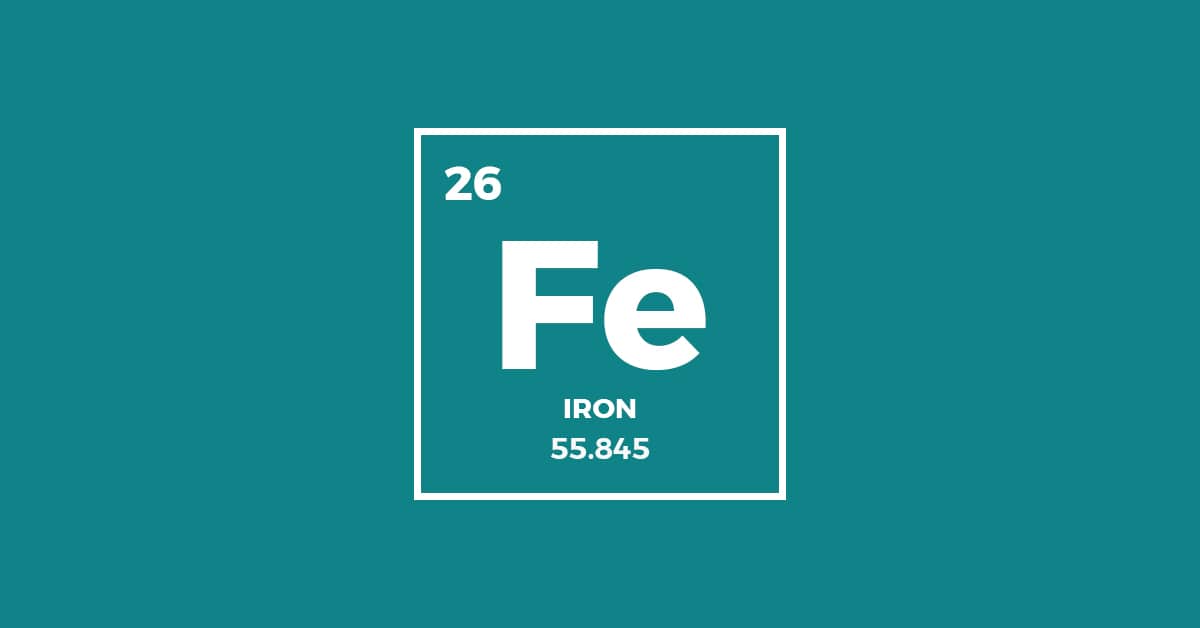
Short on time?
Best known for: Keeping your blood and immune system healthy.
Good sources: Seafood, lean meat, nuts, beans and vegetables.
Recommended dietary allowance (RDA): 11 mg/day for men and postmenopausal women; 16 mg/day for premenopausal women. No tolerable upper intake level (UL) has been established.
Good to know: After all, spinach is not the super source of iron it’s known as. Although it’s rich in iron, it also contains phytate and oxalate, substances that inhibit iron absorption and can accelerate its removal from the body.
Iron in Jake:
Jake Light and Original: 50%-64% of RDA
Jake Sports: 38%-61% of RDA
Vitaminbars: 40% of RDA
What is iron?
Iron is an essential mineral that naturally appears in food. It exists in two dietary forms – as haem iron in animal foods and as non-haem iron in plants. The practical difference for us is that haem iron is more bioavailableBioavailability is the proportion of a substance which is absorbed in the body. than non-haem iron.
An average adult has between 3g-4g of iron in their body, most of which is in haemoglobinHaemoglobin is a protein in red blood cells, which transports oxygen to tissues in the body.. The rest is stored in the liver, spleen, bone marrow and muscle tissue.
Iron concentration levels in the body are tightly controlled, which helps avoid sharp fluctuations related to short-term changes in consumption.
Health benefits of iron
Iron is a key component of haemoglobin, as well as a building block of proteins responsible for energy metabolism and immune response.
The key functions of iron in the body are:
- Oxygen transfer: Apart from being essential for haemoglobin production, iron is also a component of myoglobin, a protein that provides oxygen to muscles.
- Immune function: Iron is required for the growth and maturation of immune cells, which fight off infections.
- Hormone production: Your thyroidThe thyroid is a gland in your neck that produces hormones responsible for growth and development. needs iron for the production and activation of hormones.
Some studies show an association between higher iron and zinc intakes and a lower risk of depression.Source: Psychiatry Research However, the role of iron alone in this process isn’t clear and there’s insufficient evidence to claim any causal relationship between iron and depression at this point.
How much iron do you need?
Healthy adult men, as well as women after menopause, need 11 milligrams of iron per day. Prior to menopause, women need 16 milligrams per day.These amounts reflect the recommended dietary allowance (RDA) set by the European Food Safety Authority (EFSA). That would be around 100 grams of oysters.
Iron in foods
Animal foods such as seafood and lean meat are the best sources of haem iron. Non-haem iron is present in nuts, beans and vegetables.
The best sources of iron are:
| Food | RDA (%)* | Iron (mg) |
|---|---|---|
| Oysters, eastern, cooked with moist heat (85 g) | 73% | 8 |
| White beans, canned (200 g) | 73% | 8 |
| Beef liver, fried (85 g) | 45% | 5 |
| Spinach, boiled (112 g) | 27% | 3 |
| Sardines, canned in oil, with bones (85 g) | 18% | 2 |
* Based on the recommended dietary allowance (RDA) established by EFSA for healthy adult men (11 mg iron/day)
Haem iron is more bioavailable than non-haem iron. Combining haem with non-haem iron in your diet helps increase the absorption of non-haem iron. The European Food Safety Authority (EFSA) does not consider European vegetarian diets to be substantially different in iron supply from diets containing meat. Therefore, there is no different RDA for vegetarians in Europe. In the US, the RDA for iron is set 1.8 times higher for vegetarians as compared to people who eat meat.
Some beverages and spices, like coffee, green and black tea, chilli and rosemary can reduce the absorption of iron from food. The same applies to substances like phytate and oxalate, both of which are found in spinach. This means that despite its high content of iron, spinach isn’t quite the super source of iron it’s meant to be. Even though spinach is rich in iron, not all of it can be absorbed by the body. Oxalate can even accelerate the excretion of iron from the body. However, you shouldn’t worry too much about iron absorption inhibitors in your food, as long as you vary your diet.
What if you’re not getting enough iron?
Iron deficiency can lead to anaemiaAnaemia is a serious blood disorder characterized by a decrease in the number of red blood cells. and have serious consequences for your health. There are an estimated 1.62 billion cases of anaemia worldwide, about 20% of the world population. Half of these are caused by iron deficiency. Usual causes of iron deficiency are blood loss, poor diets and specific disorders that affect iron absorption.
The initial stages of deficiency lead to lowered blood concentrations of iron and subsequently cause a diminished iron supply to cells until eventually iron supplies are exhausted.
The consequences of anaemia can be very serious, affecting the cognitive and immune function, exercise and work performance, as well as the process of body temperature regulation.
Groups at a particular risk of iron deficiency are:
- Pregnant women: Deficiency can increase the risk of mother and child mortality, premature birth and low birthweight. Although there is no need for additional iron supplementation during pregnancy, obtaining the recommended daily intake of iron is crucial for the health of both mother and baby.
- Women with heavy menstrual bleeding, due to the blood loss.
- Frequent blood donors: Following a blood donation, it can take up to 24 weeks for iron stores in the body to be recovered. Therefore, people who donate more than three times a year should consider iron supplementation to avoid deficiency.
Iron is important for your health, but it can also be dangerous. When red blood cells age, they release the iron they contain, which can cause damage to your tissues and DNA. To prevent this, our immune system has assigned cells, called macrophages, to detect and eliminate aging red blood cells before they can release their iron.
How much iron is too much?
Consuming too much iron from food alone is unlikely. However, you can consume too much iron via dietary supplements.
There is no tolerable upper intake level (UL) established for iron but the currently available data show that short-term oral supplementation of 50-60mg of iron next to your dietary intake can already cause gastrointestinal effects like nausea and constipation. A single extreme dose of about 5 grams of iron (60 mg/kg of body weight, or 30.000% of the RDA) is known to be fatal.
Taking more than 25 mg of iron supplements next to your diet can negatively affect the absorption rate and concentration of zinc in your body.
Take-aways
The three things to keep in mind about iron are:
- Iron helps to transport oxygen around your body, keep your immune system healthy and produce hormones.
- Iron is present in animal foods as well as in plant foods. The best sources of iron are lean meat, seafood, nuts, beans and vegetables.
- If you’re not getting enough iron, you could develop anaemia, a serious blood disease characterised by a decrease in the number of red blood cells.
Afraid to miss out on essential nutrients your body needs? You can always take our Jake meal replacement shakes or one of our delicious meal replacement bars.
